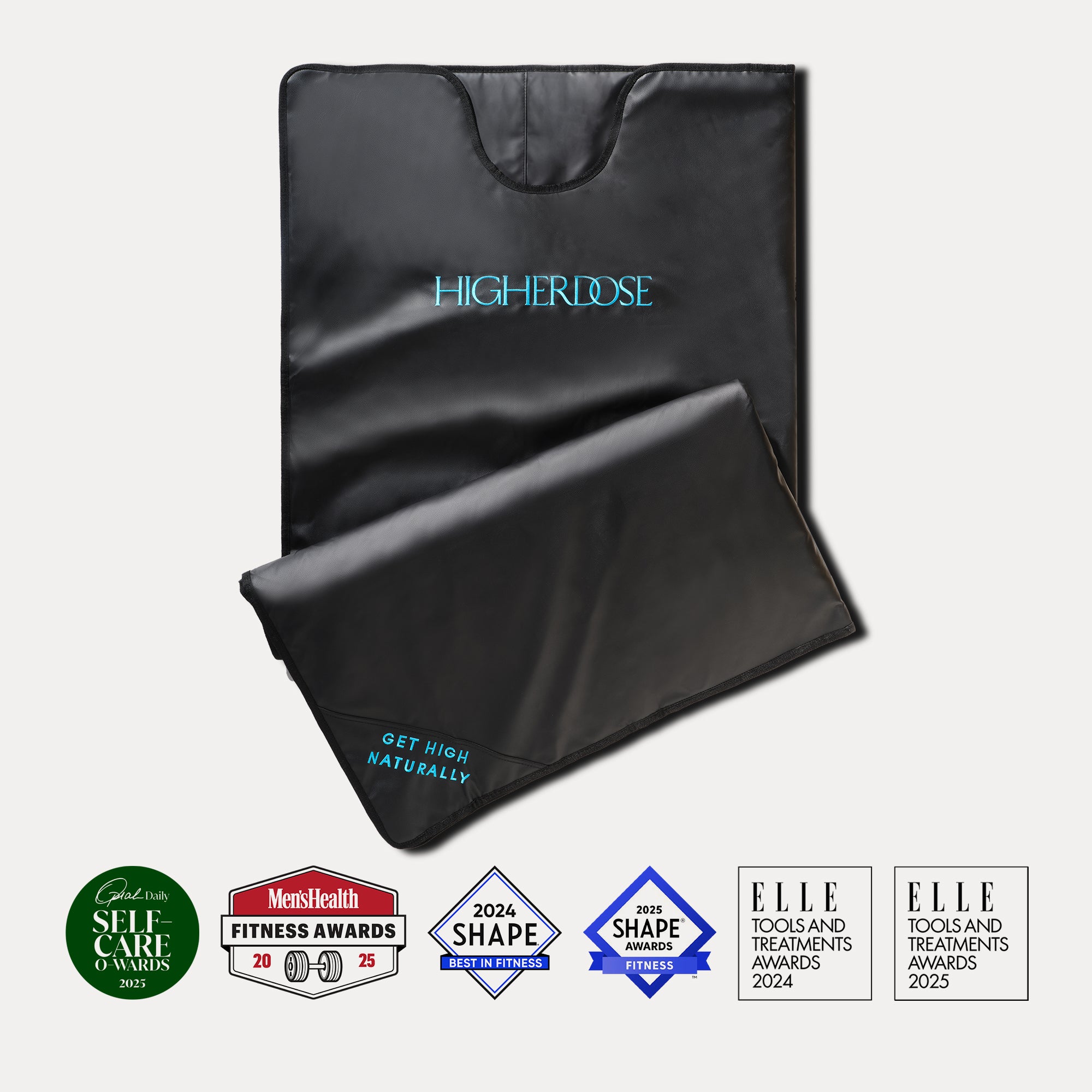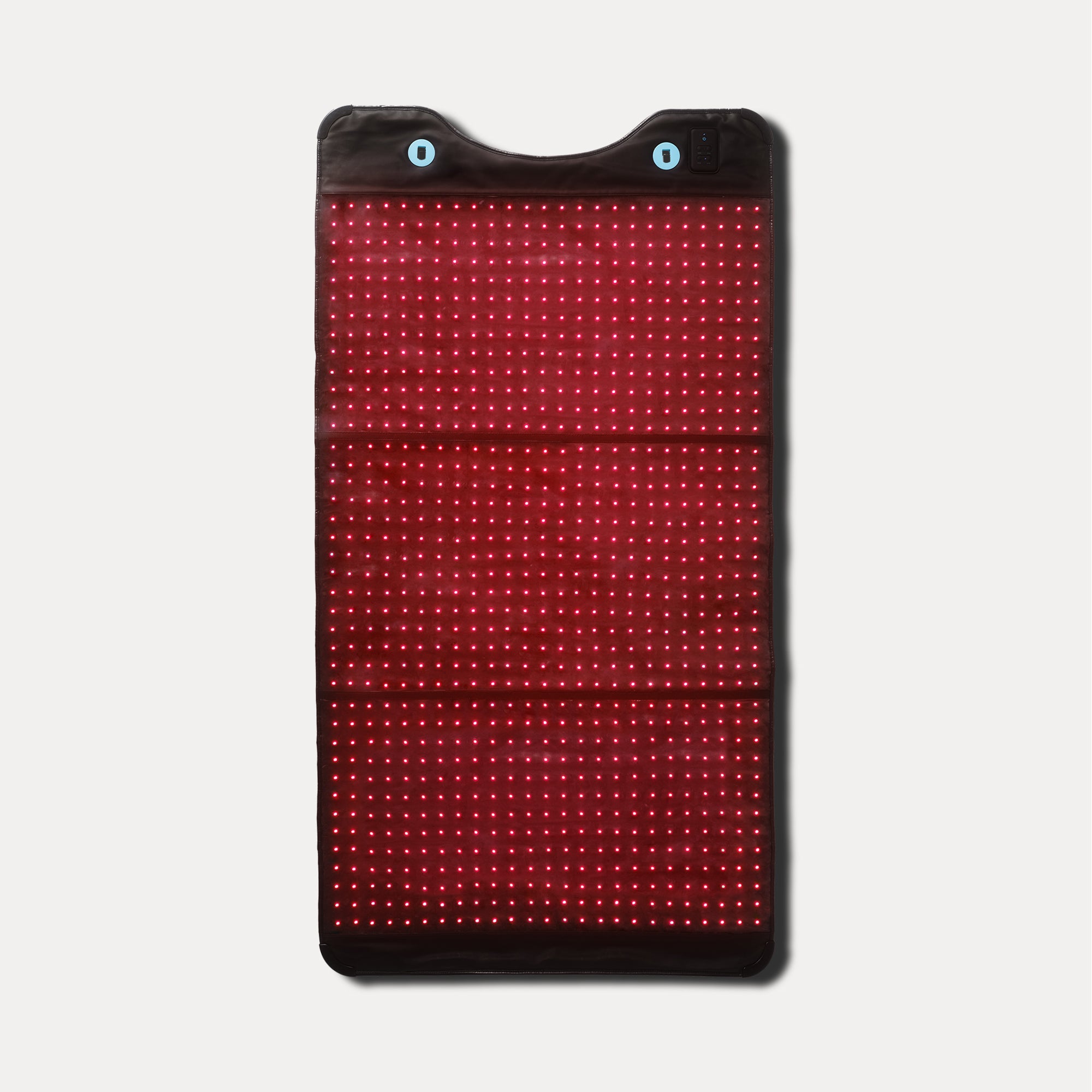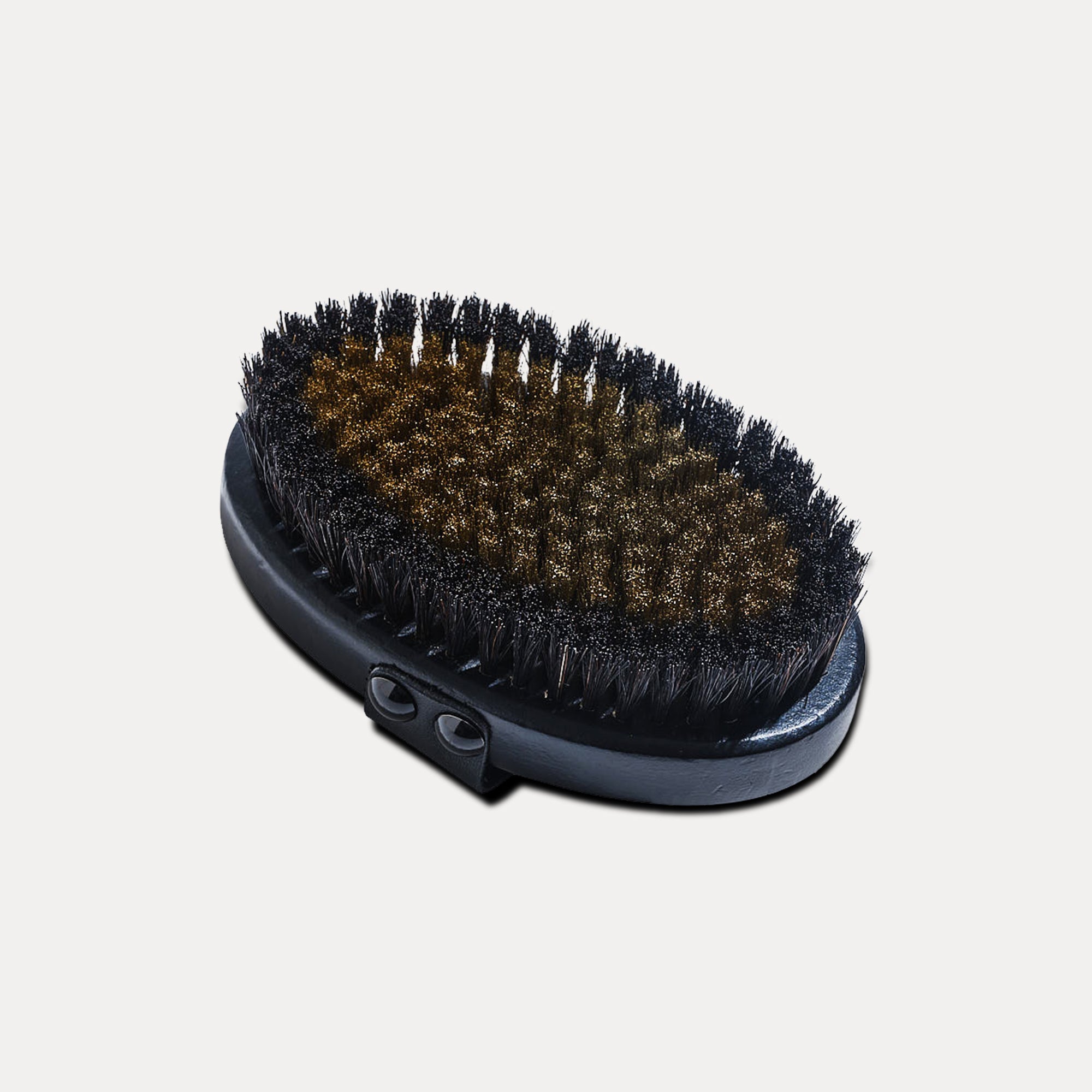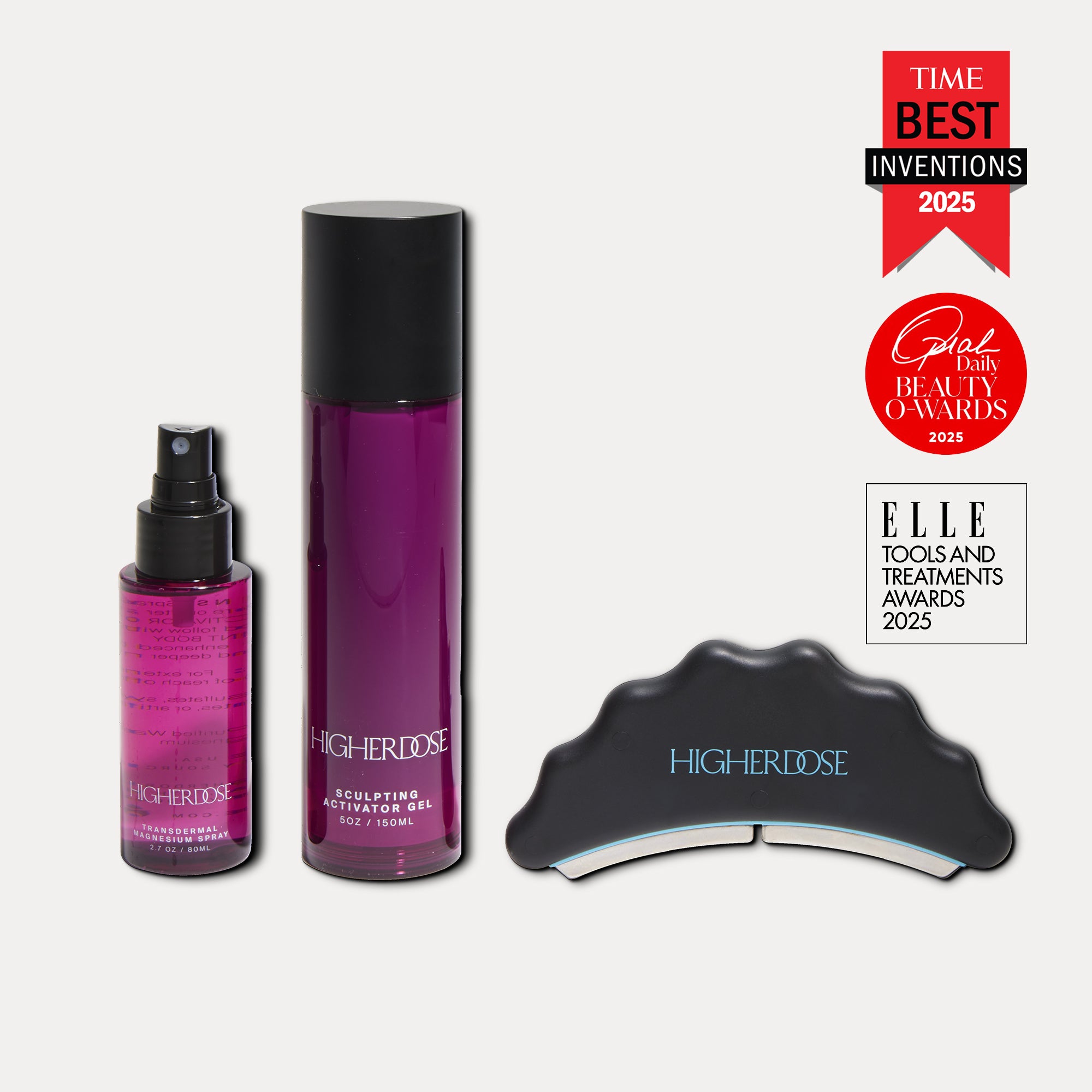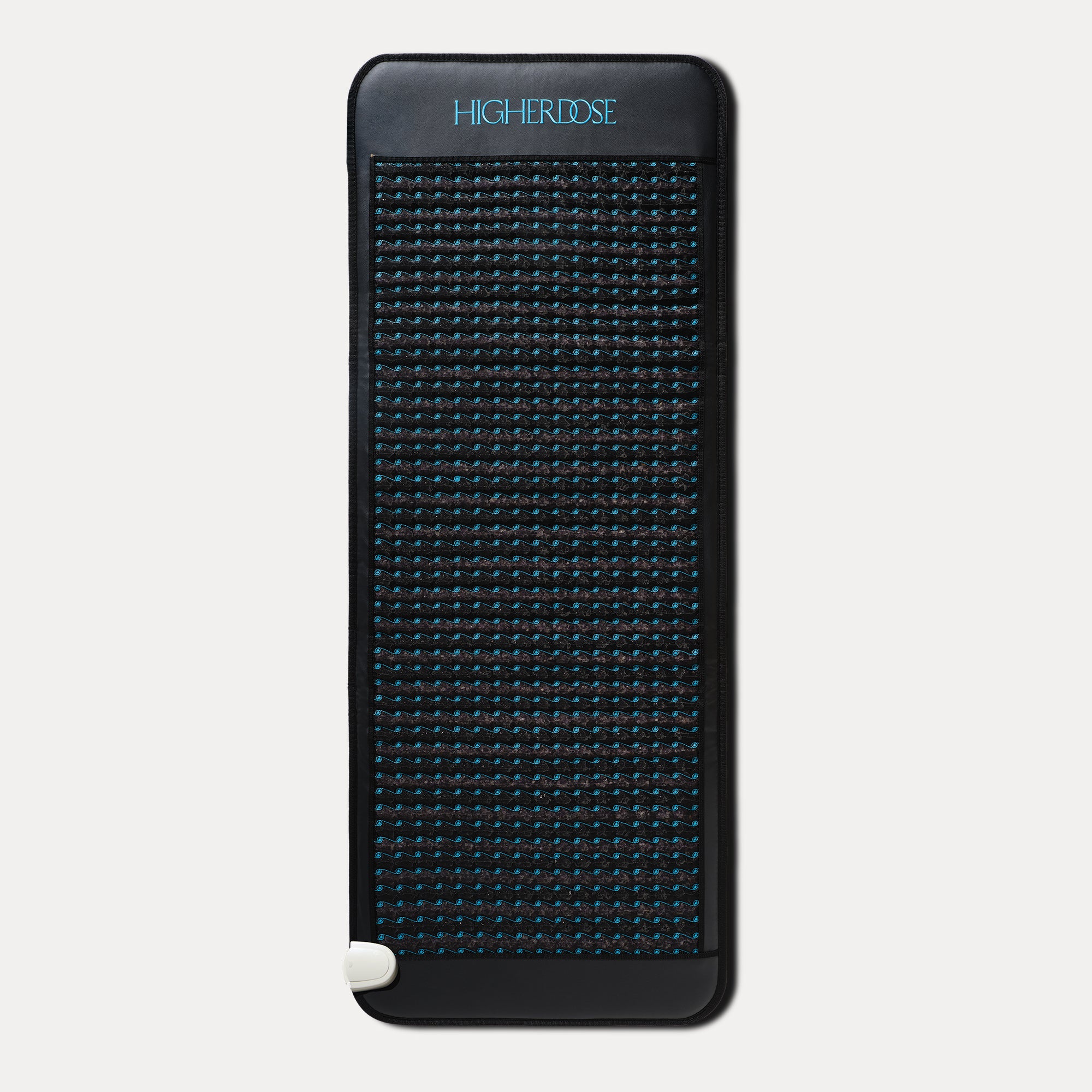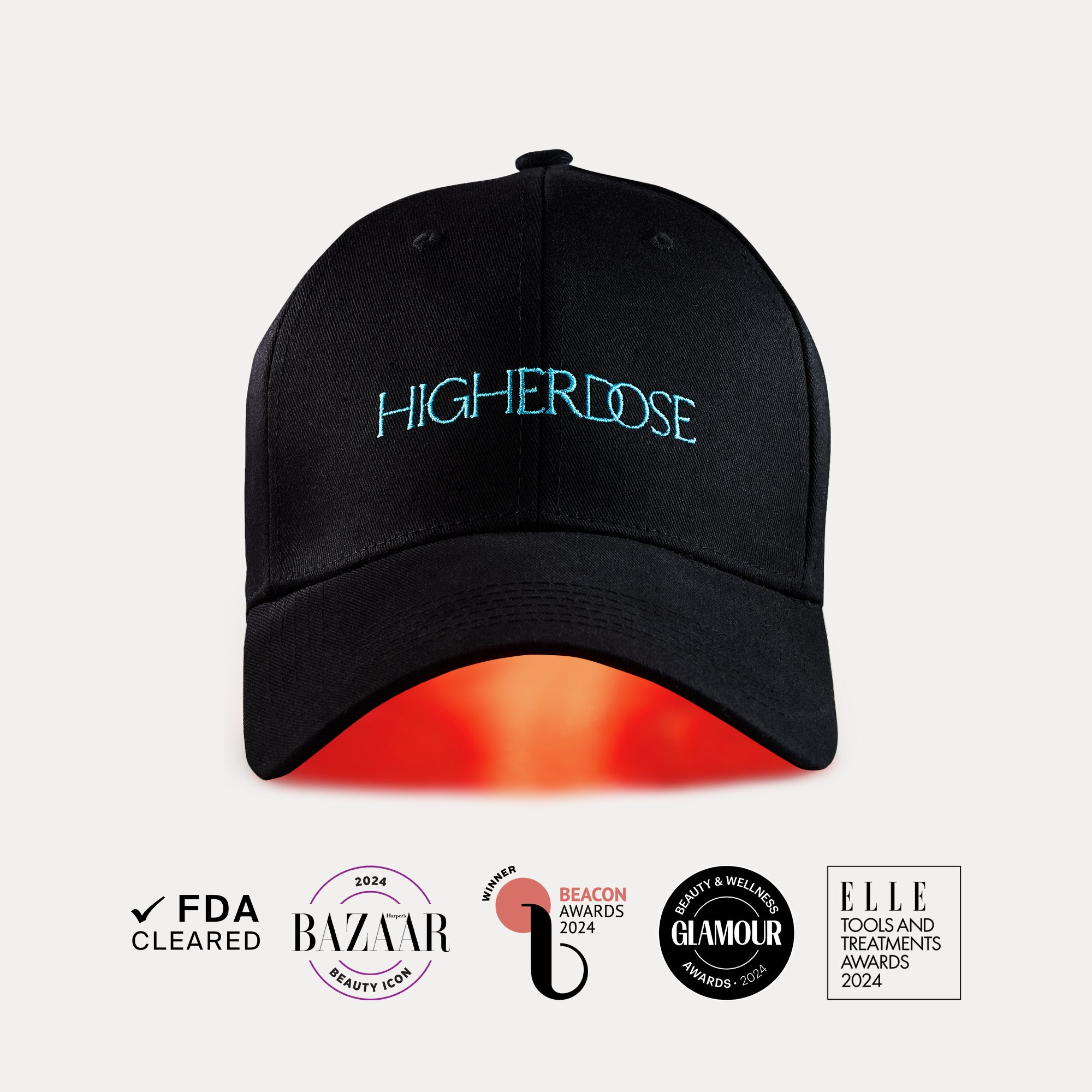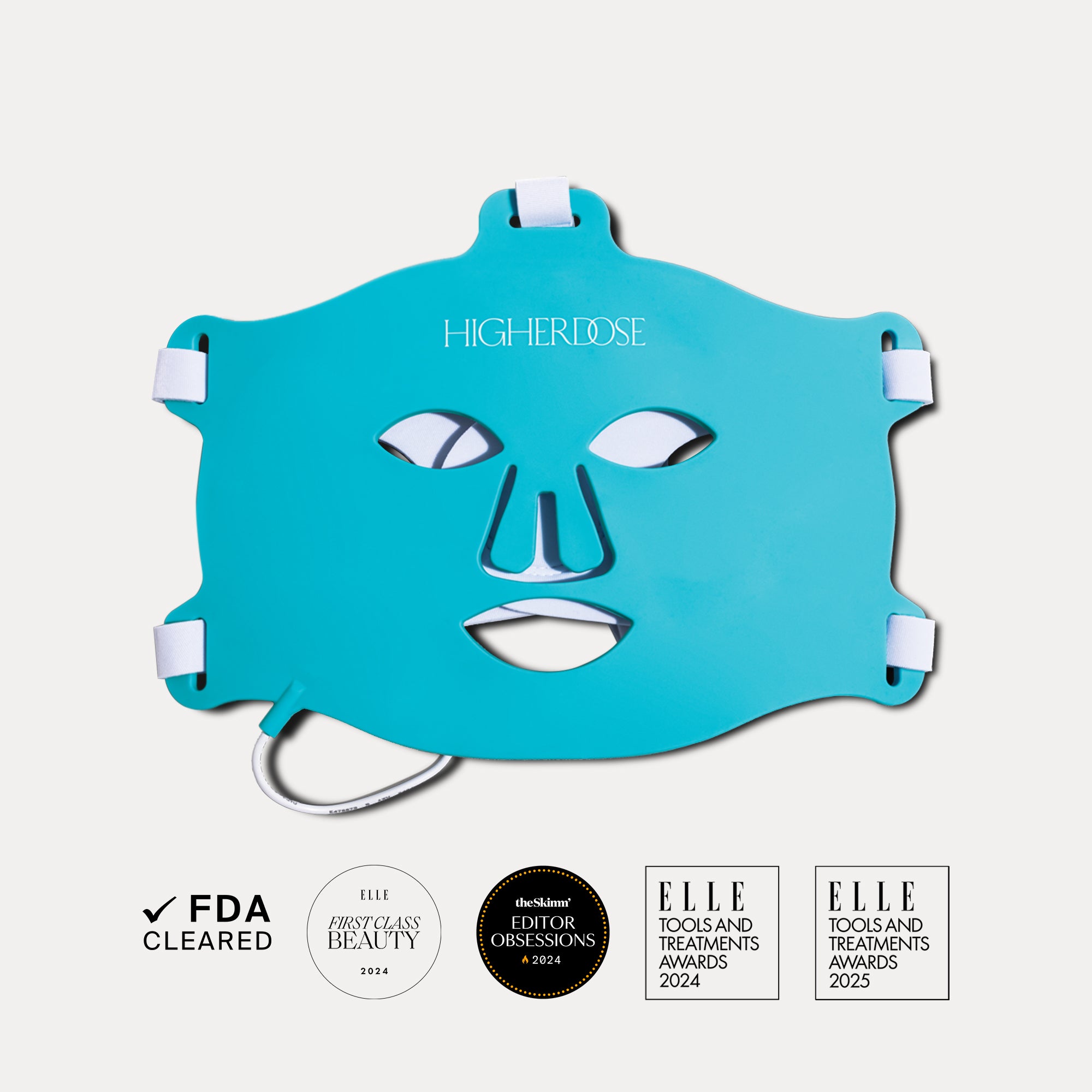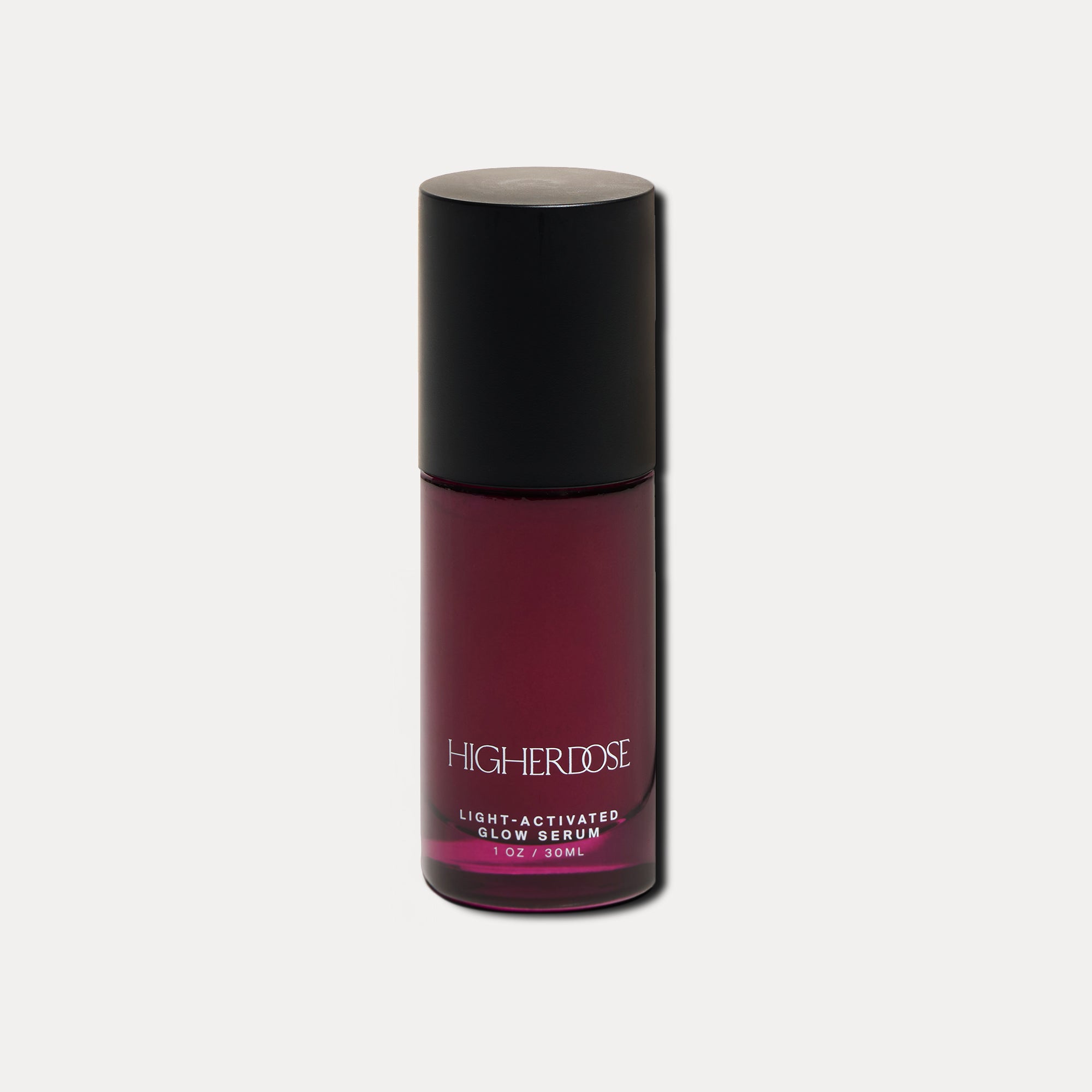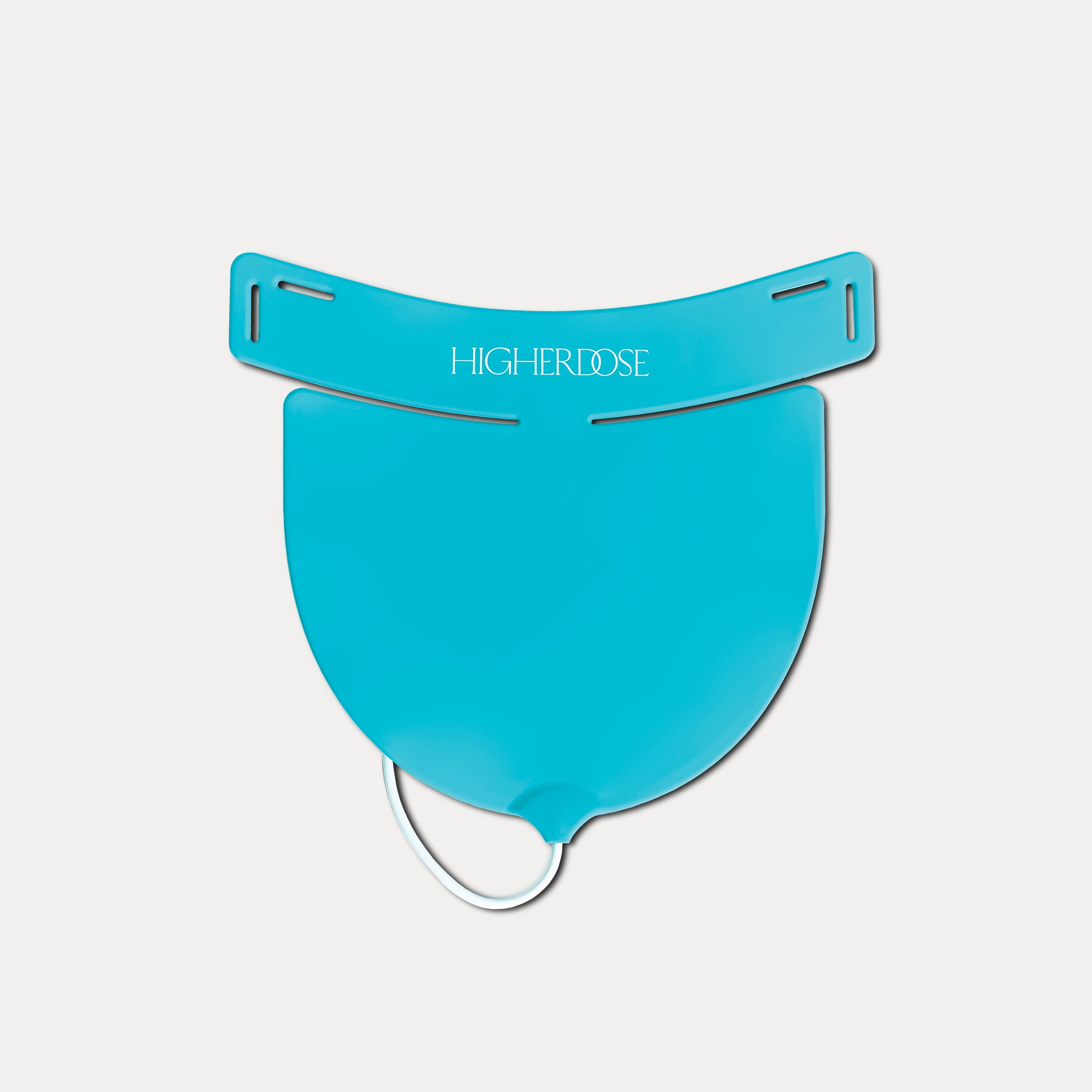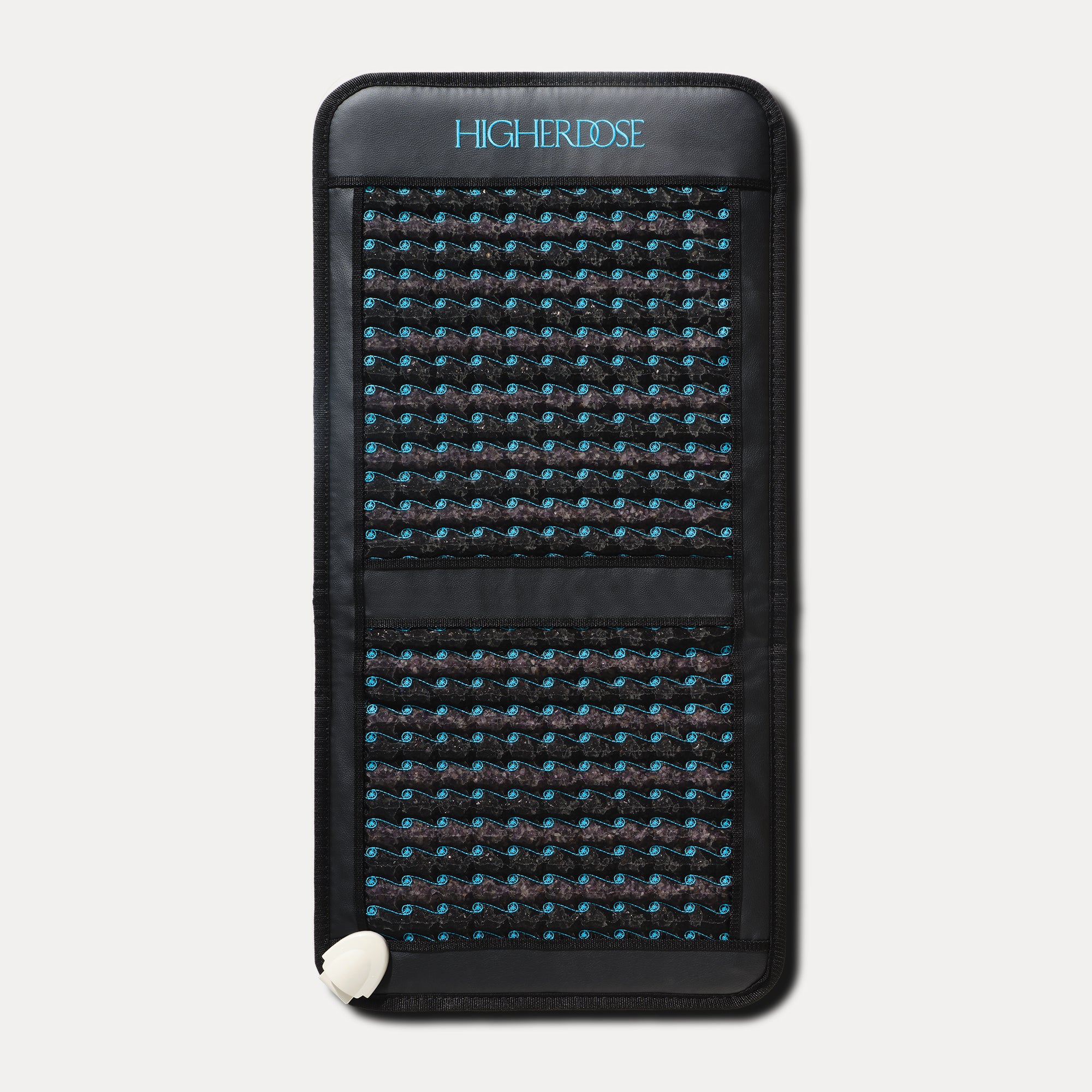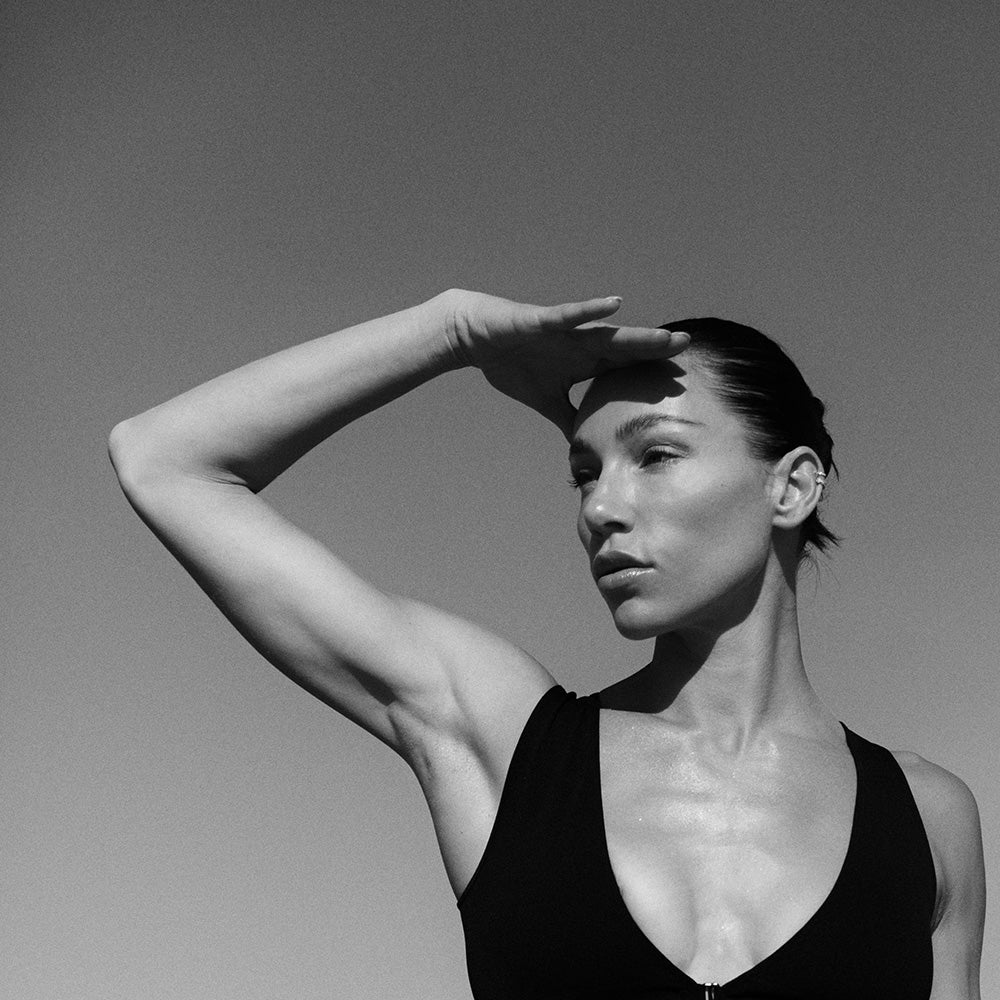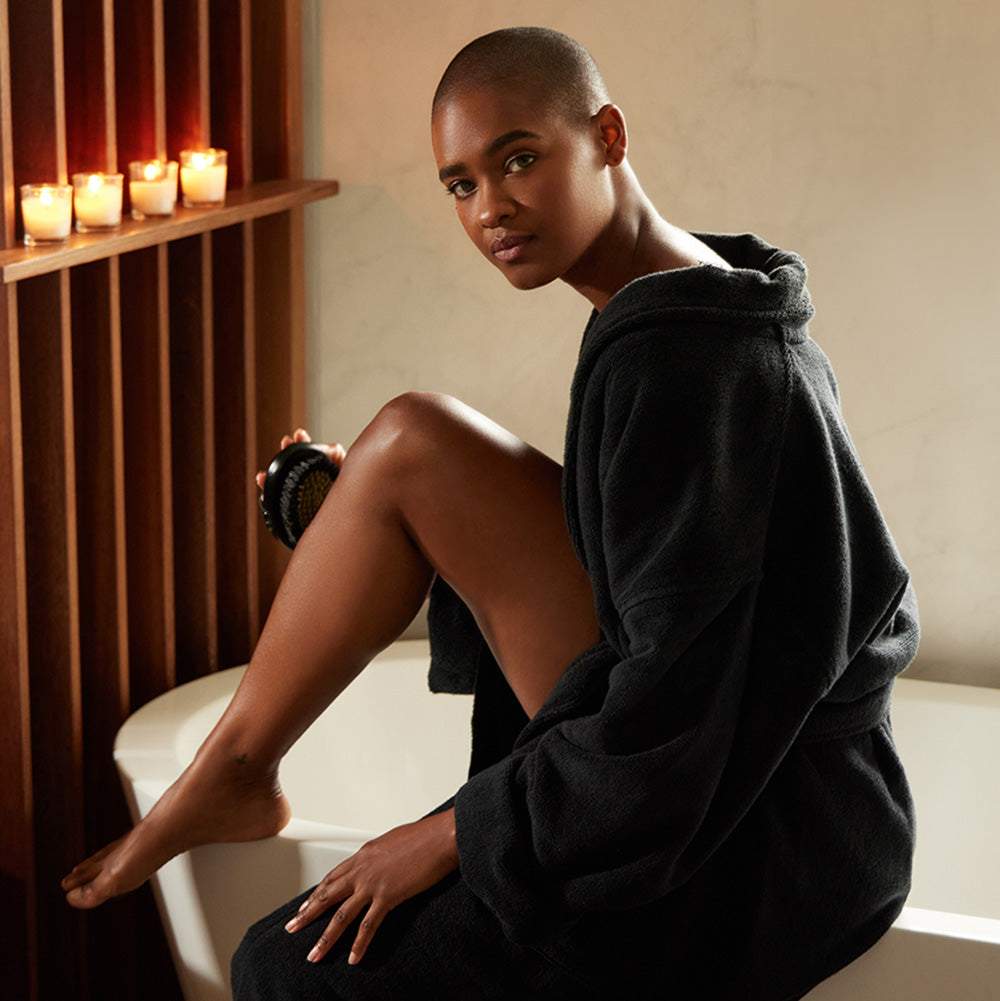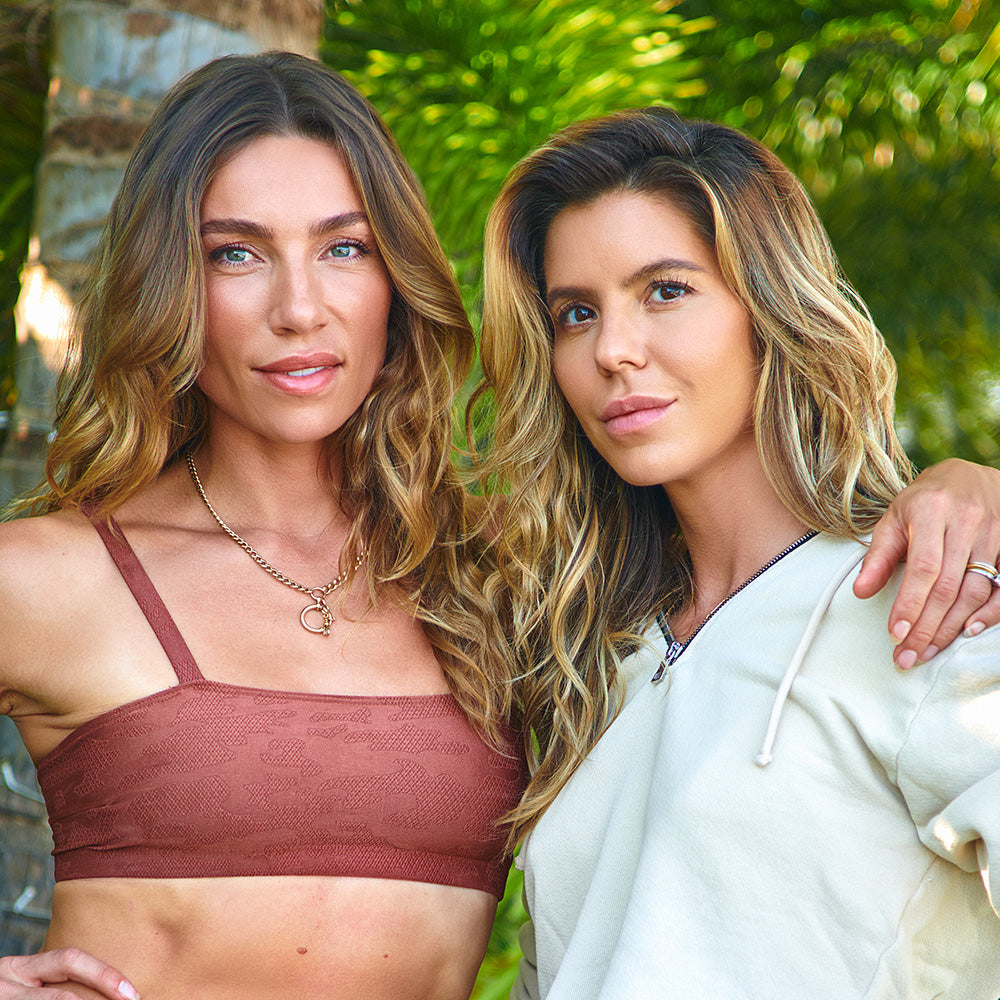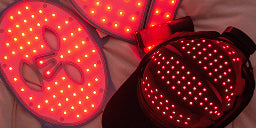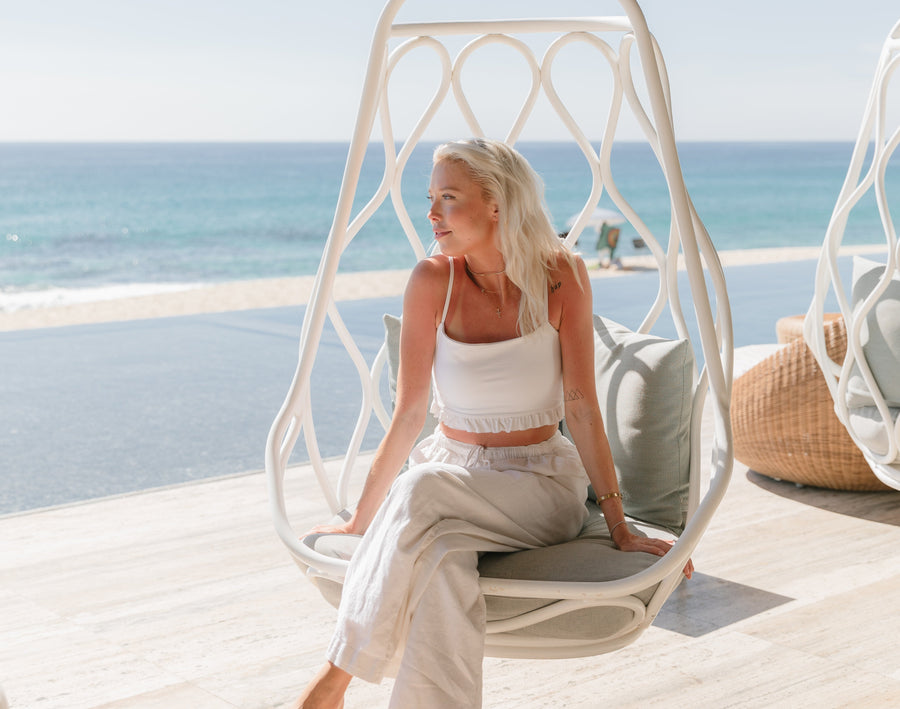
A Chronic Illness Journey: Healing, Hope & Infrared Therapy
Insights From Alexandra Wildeson: A Chronic Illness Journey of Resilience and Healing Through Life
Navigating life with a chronic illness demands more than just physical endurance. It calls for a deep well of emotional strength, resilience, and self-compassion. In this intimate conversation, we sit down with Alexandra Wildeson to explore her journey living with an autoimmune disease. From childhood diagnoses to transformative moments in her healing journey, she opens up about redefining what it means to care for your body, embracing alternative therapies like the HigherDOSE Infrared Sauna Blanket, and finding hope amidst uncertainty.
If you’re newly diagnosed, supporting a loved one with a chronic condition, or simply curious about holistic wellness, her insights serve as a reminder that healing isn’t linear, and it’s not about fixing what’s broken. It’s about nurturing what’s sacred. This is her story.
Can you share a bit about your health journey and how your autoimmune diagnosis first impacted your life?
I was first diagnosed with an autoimmune disease (Mixed Connective Tissue Disease // Lupus, depending on which specialist of mine you ask) when I was six years old — long before I even understood what it meant to be sick. As I grew up, so did the list of diagnoses I carried with me: endometriosis, Polyarteritis Nodosa (PAN), small fiber neuropathy, and Complex Regional Pain Syndrome (CRPS). Managing my health became a constant undercurrent to everything I did, even when I tried my hardest to keep pace with the world around me.
For a long time, I believed that healing meant pushing harder — that if I could just stay strong for long enough, I could outlast the pain and cycle. But life has a way of humbling you. A botched spinal surgery in my late twenties forced me to stop living a life of urgency — always chasing what I defined as success, always running from one thing to the next. It made me pause. It forced me to lean into softness, into stillness, into a different way of being.
Healing, I realized, isn’t about conquering your body. It’s about learning to live alongside it with tenderness, patience, and trust.
What were some of the biggest challenges (physically, mentally, emotionally) that you faced during your healing journey?
There were so many physical challenges — hospital stays, chemotherapies, medication side effects, surgeries, and long recoveries. But the challenges that often felt impossible to overcome were invisible – the loneliness, the loss of identity, the emotional whiplash of hope and disappointment, the way chronic illness quietly isolates you even when you’re surrounded by people who love you.
And yet, as heavy as those hardships were, they taught me some of the most profound lessons of my life. They taught me resilience. They taught me how to create joy and meaning even when circumstances weren’t ideal. They made me softer, more empathetic, and more courageous than I would have been otherwise. There are silver linings I hold onto every day — and one of them is knowing that I can survive hard things and still find beauty along the way. This doesn’t come from a place of toxic positivity, but instead, hope.

When did you first start exploring alternative or support therapies like infrared heat? What drew you to the HigherDOSE Sauna Blanket specifically?
I first started exploring alternative therapies after hitting a wall with traditional Western medicine. Insurance had denied one of my medications for the third time, and I felt utterly hopeless. After a heart-to-heart with my dad — the kind that shifts something inside you — I decided: why not try something new? Why not stay curious and see if anything surprising could help me?
I spent hours scrolling through Instagram and Google, as a Millennial does, trying to make sense of the holistic and functional medicine world. It was overwhelming — so many opinions, so many options. So I decided to start with something simple: the HigherDOSE Infrared Sauna Blanket. It felt like an easy, approachable first step — and honestly, as someone who constantly dreamed my heating pad could somehow be larger, I was excited. I ordered a blanket and started using it about five times a week.
I was shocked by how impactful it was. From stress, to pain, to inflammation — I felt real, tangible differences. Having such a strong, immediate win opened me up to exploring therapies I had once dismissed as “alternative.” It made me realize that healing tools don't have to fit inside a prescription bottle to be powerful. Getting curious about healing and my health changed everything.
How has using the Sauna Blanket become a part of your wellness ritual, and what kinds of changes or relief have you noticed since incorporating it into your routine?
The Sauna Blanket quickly became one of my most turned to healing tools. It’s now a regular part of my weekly routine — especially on high-symptom days when I can feel inflammation, tension, or stress starting to spiral. The immediate warmth soothes my joints and muscles, but it goes deeper than that: it helps me create a feeling of safety inside myself — both in my body and in my mind. Over time, I noticed I was sleeping better, my flares felt an inch more manageable, and I felt more grounded and connected to myself. It’s not just about managing symptoms — it’s about creating a space where my body feels cared for instead of fought against.

What do you wish more people understood about living with a chronic illness?
I wish more people understood that chronic illness isn’t just about the physical symptoms. There’s no silver bullet. No one-size-fits-all answer. And while it’s absolutely not your fault that you got sick, it is your responsibility to try to get better — in whatever way that looks like for you. That nuance is often missing.
Living with a chronic illness requires navigating so many invisible layers: grief, guilt, loneliness, fear, hope. You’re constantly adjusting to a body that changes the rules without warning. Healing becomes a practice of grace — of making peace with your limitations while fiercely believing that your life can still be full of purpose, connection, and meaning. It’s not a linear path. It’s a messy, beautiful dance that asks for strength and softness at the same time.
How has the way you care for your body changed since being diagnosed—and what does self-care look like for you now?
In the early years, self-care meant checking all the boxes: drink the green juices, find the silver lining, go to yoga, show up to every appointment, research every treatment, take every medication... oh, and also be a normal person with a normal job, relationships, and social life too!
Now? It’s about building a life where my nervous system feels safe. It’s about balance — in my routines, my relationships, and my expectations of myself. It’s treating my body with love, honoring my chronic illnesses without shame, and being open to any modality that helps me feel a little more whole. It’s resting without guilt. Infrared sessions. Laughter with people who understand. It’s allowing myself to be a work in progress — and loving myself through it.
There are so many people out there struggling with chronic fatigue, inflammation, and other mystery symptoms. What advice would you give someone who feels overwhelmed or discouraged?
If you’re feeling stuck, you’re not alone. It’s so easy to lose hope when you’ve been living inside a body that feels like it’s betraying you, day after day. One of the biggest shifts for me was learning to give myself easy layups — small, accessible wins, rather than chasing some perfect, unattainable healing journey. Try the thing your coworker's aunt’s kid swears by. Take the nap you think you haven’t earned. Stay curious instead of cynical.
But just as importantly: don't overdo it. A mantra my mom has been whispering in my ear since I was 6.
Healing is a marathon, not a sprint. So don’t book four specialist appointments in the same week. Don’t treat your healing like a project that needs to be optimized or completed. Give yourself that softness and the grace to rest without guilt — to recover without rushing. Treat yourself the way you would treat your best friend: with patience, compassion, and the deep belief that you are worthy of care even when the progress is slow.
This is something I talk about often on my podcast, Calling in Sick, and across my community online. There’s so much pressure to "fix" ourselves, when sometimes the most radical thing we can do is meet ourselves where we are — with patience, compassion, and the deep belief that we’re worthy of care, even when the progress is slow.
You don’t have to be perfect to be healing. You just have to keep choosing yourself, one small, steady step at a time.
What are your go-to healing rituals besides the Sauna Blanket that help you stay grounded, energized, and connected to your body?
Every day, I carve out intentional space to reconnect with myself. Mindfulness, gratitude journaling, grounding outside, prayer — even something as simple as sitting quietly and breathing without distractions. Sometimes I can carve out an entire morning; other days I take 5 minutes. Both offer healing in their own way.
Stress, especially emotional stress, is one of my biggest flare-up triggers. So these small rituals are essential. They remind me that I am not my productivity. I am not my symptoms. I am still here — still me — and still worthy of joy and peace.

What does healing mean to you now, and how has your definition of health evolved through this journey?
This question comes at such a pivotal moment in my story. After years of trial and error, I’d finally gotten my health to a place that felt somewhat stable — enough that my sweet husband and I felt ready to take the next step and try for a family. But then, a botched spinal surgery sent everything spiraling. I’ve been in an active flare ever since — a flare that not only unraveled my progress, but also put our plans for parenthood on pause.
Since then, I’ve restarted aggressive treatments, including chemotherapy and immunotherapy. My husband and I have built a two-year plan: to fight hard now, so we can step into the next chapter, hopefully as parents, with health, hope, and gratitude.
I’ve put pressure on myself to “bounce back” for as long as I can remember — with every flare, every setback, every disruption to my life. That pressure didn’t come from anyone else. I built it. And for years, I wore it like armor.
But this time, I’m doing it differently. Talking so openly about this on Calling in Sick and social media has helped me call myself out. That urgency to rush back to who I was? It’s not healing — it’s hustling for worthiness. And it was never sustainable.
This community has helped me evolve into someone new. Someone who no longer tries to “get back” to anything — but instead softens, learns, and grows forward. Someone who values the recovery days just as much as the milestones. I even coined a term for them: Duvet Days — the days I let myself fully indulge in rest. Curled up on my PEMF mat with bone broth, a good book (or a one-brain-cell TV show), and sometimes IV hydration. No guilt. Just presence.
This version of me — and this version of healing — is rooted in purpose, patience, and love. I’m not rushing to fix myself. I’m learning to love myself through every single phase. Because healing isn’t about doing more. It’s about becoming more of who you already are — and who you want to be. One small, steady, grace-filled step (and breath) at a time.
